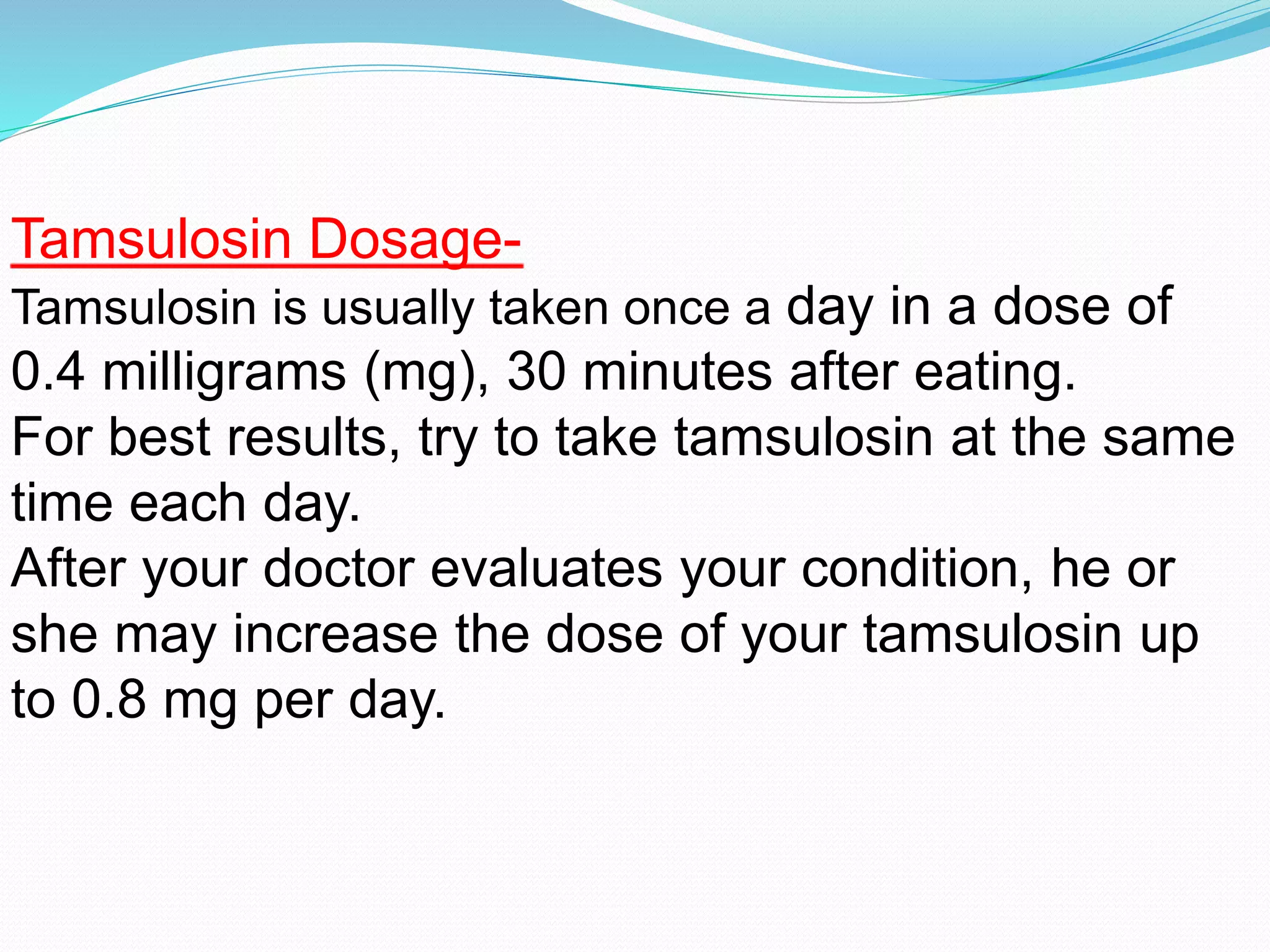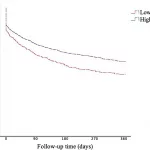
Those Restless Nights…
Let’s not sugarcoat it—there’s a particular kind of dread you feel when it’s pitch black, your legs are freezing, and you’re once again tiptoeing to the bathroom, annoyed and half-awake. You wonder… is this just getting older? Why is your bladder the boss of your night?
If you’ve landed here, you’re probably dealing with an overactive bladder, enlarged prostate, or the delightful combo doctors call “lower urinary tract symptoms” (aka you always gotta go). Chances are, you’ve got a little orange bottle labeled tamsulosin by your sink. Your doc promised it’d help… but how long does tamsulosin take to work? And is it wishful thinking to expect magic after the first pill?
Let’s walk through it—messy, real, and personal—just like life itself.
The First Pill, The Wait
Is Anything Happening Yet?
Here’s the hard truth: most people don’t feel a massive change after pill #1. Maybe a little hope. Maybe some suspiciously optimistic thoughts (“Was that stream a bit stronger, or am I dreaming?”). According to NHS info on tamsulosin, this medication is designed to start working its magic quietly, gradually relaxing the muscles around your prostate and bladder. But the real action? It peaks around 4–6 hours after you take it—so you might notice a little something by that first evening or after a nap, even if it’s just feeling a bit dizzy.
Have you ever taken a new medicine and felt almost hyper-aware of every sensation? I remember my first dose—sitting there, half-expecting some kind of “urinary superpower” to kick in. Didn’t happen. Instead, I just got weirdly fixated on how many times I’d gone that day. (Fun fact: a lot of folks keep a symptom log in the first week… almost like a bladder diary. No judgment.)
First Dose in a Nutshell
| What to Expect | Time Frame |
|---|---|
| Slight relaxation, maybe a small improvement | 4–8 hours after taking |
| Peak medicine in your blood | ~6 hours in |
| Mild dizziness, lightheaded (totally normal) | First few days |
And hey, if you’re one of those “should I take tamsulosin in the morning or at night” types, it actually matters! Since the drug peaks at about 6 hours, some folks take it after breakfast for better daytime results. But if you’re worried about side effects like dizziness, nighttime might be better (Should I take tamsulosin in the morning or at night is a whole discussion of its own—super interesting if you love the nitty-gritty).
Days 2–7… Patience is (Not) Easy
Do You Notice Subtle Changes?
So, you survived the first dose. Now what? This period—let’s call it “bladder limbo”—can honestly feel like you’re waiting for water to boil. The most common advice I hear from urologists, and the bulk of stories I’ve read, say: don’t expect fireworks in the toilet bowl on day two. But here’s where it gets good…
For most people, you’ll start to notice something in 2 to 5 days. Maybe you’re not sprinting to the bathroom every hour. Maybe you don’t have to “push” so hard. Even if it feels subtle—less dribble here, a little relief there—it means the medicine is getting cozy with your system (research on when tamsulosin starts working).
Someone emailed me recently about their week one. His exact words: “Wasn’t golden, but I stopped swearing at my bladder by Thursday.” (High praise?)
Tracking Your Progress, Kidneys Included
If you’re using tamsulosin for how long does tamsulosin take to work for kidney stones, the improvement can be a little different—sometimes things shift pretty fast. One reader told me they passed a stone after just five days on tamsulosin. Like, literally fist-pumping in the ER parking lot. (Hey, victory is victory, even if it’s awkward.)
Week Two—The Fog Lifts?
So, Is This the “Full Effect”?
This is the million-dollar question, right? The science says you may feel a solid improvement in 1–2 weeks—but most folks hit that sweet spot between week two and week four (more on tamsulosin’s timing here). So don’t panic if, by day 10, you haven’t morphed into the bladder boss you hoped to be.
What you’re looking for: peeing without effort, less nighttime wake-ups (nocturia, in doctor speak), and fewer urgent “gotta-go-NOW” moments. Simple, not sexy, but huge if you’ve lived with chronic frustration. And if you’re on tamsulosin for kidney stones? Yes, check out how long does tamsulosin take to work for kidney stones for all the details.
And let’s be honest: even tiny improvements matter. You might notice you’re less exhausted, less stressed out by bathroom anxiety. That counts. That really counts.
One Week vs Four Weeks
| Time Frame | Changes You Might Feel |
|---|---|
| First 7 days |
|
| 2–4 weeks in |
|
Bonus tip: If you haven’t noticed any change after two weeks, don’t ghost your doctor. Sometimes they’ll up your dose a bit, or check for other stuff. Communication is key—no shame in that!
What Makes Results Faster… or Slower?
It’s Not One-Size-Fits-All
Honestly, everyone’s bladder tells a different story (some more dramatic than others). A few things that can speed up—or slow down—how long it takes tamsulosin to work:
- Severity of your symptoms: If things were really tough to start, you might notice a bigger jump early on.
- Your age: Our bodies process meds a bit differently at 50 versus 80. No surprise there.
- Other health issues: Stuff like diabetes, kidney function, or dehydration can all play a part.
- Timing that pill: Wondering “should I take tamsulosin in the morning or at night”? It matters! If dizziness is a big problem for you, nighttime is usually best. Otherwise, take it after the same meal each day for consistency (Should I take tamsulosin in the morning or at night actually has some handy science-backed suggestions).
Weirdly, even your diet, hydration, and whether you’re pairing tamsulosin with exercises (like good old pelvic floor or Kegels) can shift your results. One of my uncles swore he did his “prostate stretches” every morning. Can’t vouch for the science, but his grin was legendary.
When Tamsulosin Feels Like a Dud
Wait, Is It Even Working?
Okay, let’s get real for a second. What if two weeks go by… and nothing? Fingers crossed you aren’t stuck here—but if you are, don’t panic. Sometimes it’s a slow build. Sometimes you need a higher dose (usually from 0.4 mg to 0.8 mg, but only with doctor approval, obviously), or maybe another medication joins the party. Every bladder is its own stubborn snowflake.
Your doctor might also check if you’ve got stuff going on other than BPH—maybe an infection, or need a different alpha-blocker entirely. Or, if stones are to blame, you might need a separate re-check. Another reason to peek at how long does tamsulosin take to work for kidney stones—they cover all the scenarios where things get (ahem) stuck.
Hang in there, and, if in doubt, call your doc’s office. Never feel bad for saying “Hey, my symptoms are not budging and I’m getting cranky.” You deserve to be heard. (I mean, who doesn’t want to sleep through the night?)
A Few Quirks and Side Notes
What Could Get in the Way?
So far, most folks tolerate tamsulosin pretty well. But every superhero has a kryptonite, right? Some people get…
- Mild dizziness (mostly first few times you take it)
- Weird ejaculatory changes (yep, it can happen—usually harmless, just a surprise)
- Stuffy nose or lightheadedness
Best move? Lie down if you feel whoozy. And if problems persist, ring your doctor. Sometimes switching to nighttime helps (Should I take tamsulosin in the morning or at night walks through tips for dealing with side effects, too).
Tamsulosin: Not a Miracle, But Pretty Darn Useful
One thing people are always surprised by—tamsulosin doesn’t shrink your prostate; it just helps you pee more easily by relaxing things down there. Surgery is still on the table in some cases—talk about options if symptoms come roaring back later (according to Mayo Clinic’s breakdown).
Your Next Steps… and a Little Hope
So there you have it—the rollercoaster that is the first month of tamsulosin. You took your first dose, waited for that peak around six hours, maybe got a little dizzy. Then, somewhere between days 2 and 7, you felt a hint of relief. Maybe by week two you were less frustrated, and by week four you were almost sleeping through the night. For kidney stones, the timeline can move even quicker—just another reason to revisit how long does tamsulosin take to work for kidney stones if that’s hitting close to home.
If there’s one thing I want you to walk away with, it’s this: You are not the only one counting bathroom trips or lying awake, wondering if relief is coming. Be patient. Stick with your routine (same time each day, ideally after a meal), note improvements, and check in with your doctor if things stall out. And please—give yourself some grace. Dealing with bladder drama is nobody’s idea of a good time.
So, what are your next steps? Try a week of mindful tracking, maybe even jotting down little victories—a night of decent sleep, a quick, easy bathroom trip. Let that progress boost your confidence (and your mood). And if things aren’t moving fast enough, don’t hesitate to get help. After all, progress—no matter how slow—is still progress.
You’ve got this. Here’s to a little less bathroom stress, and a lot more peace. Curious to add your own story to the mix? Share below or bring your questions to your next appointment—because we are all works in progress, and sometimes, relief starts with one perfectly timed pill.


















Leave a Reply
You must be logged in to post a comment.